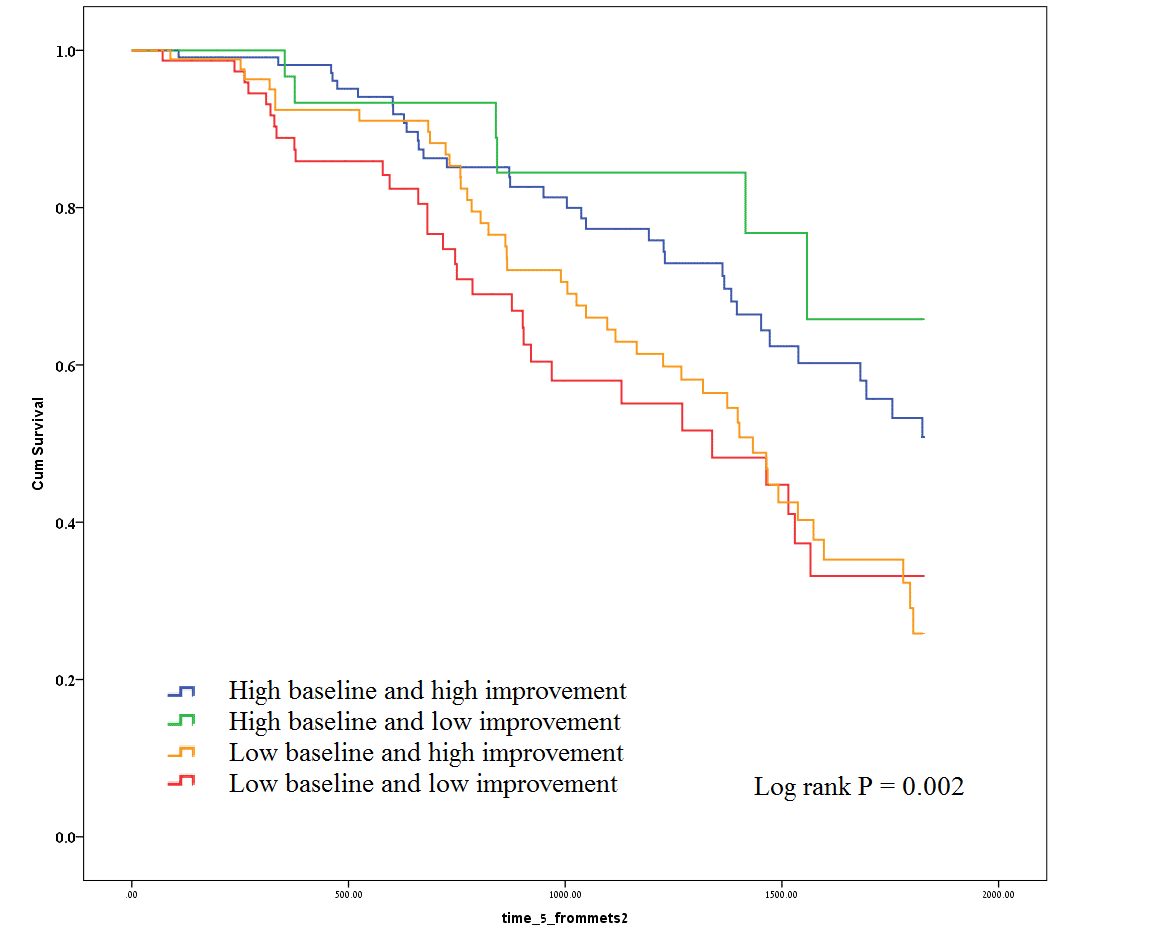
Efficacy and Safety of Exercise Training in Patients with Secondary Pulmonary Hypertension Undergoing Cardiac Rehabilitation
Introduction: Pulmonary hypertension (PHTN) secondary to left heart disease (PHTN-LHD) is the most common cause of PHTN. Efficacy and safety of performance-based cardiac rehabilitation exercise training (CR-ET) have been tested in patients with primary PHTN and in patients with left heart failure but not in patients with PHTN- LHD. Our goal was to asses the safety and efficacy of cardiac rehabilitation in patients with PH-LHD.
Methods: The study included 1218 consecutive patients that participated in our CR-ET program between the years 2009 – 2015. All were evaluated by a standard exercise stress test at baseline, and upon completion of at least 3 months of training. The combined primary end point was cardiac hospitalization or cardiovascular-mortality.
Results: A total of 314 with PHTN, with a mean age of 66±12 years old, 76% of which were males were included in the study. Both groups showed improvement in their fitness level adjusted for the age and sex predicted METs. The mean improvements in fitness was more prominent in patients with PHTN (35% vs. 24%, p =0.005. Kaplan-Mayer analysis shows that the highest cumulative rates of freedom from primary endpoint were observed in patients with high baseline fitness and a major improvement. [Figure 1]

High baseline fitness and high improvement were associated with the lowest event rate (HR 0.18; 95% CI 0.08-0.39; p<0.0001).
Conclusion: In patients with PHTN participating in CR-ET program low fitness levels at baseline EST are associated with increased risk of CVD mortality or hospitalization during long-term follow-up. Improvement on follow-up EST diminishes the risk, however, the protective effect is not as strong as the baseline fitness.
Powered by Eventact EMS